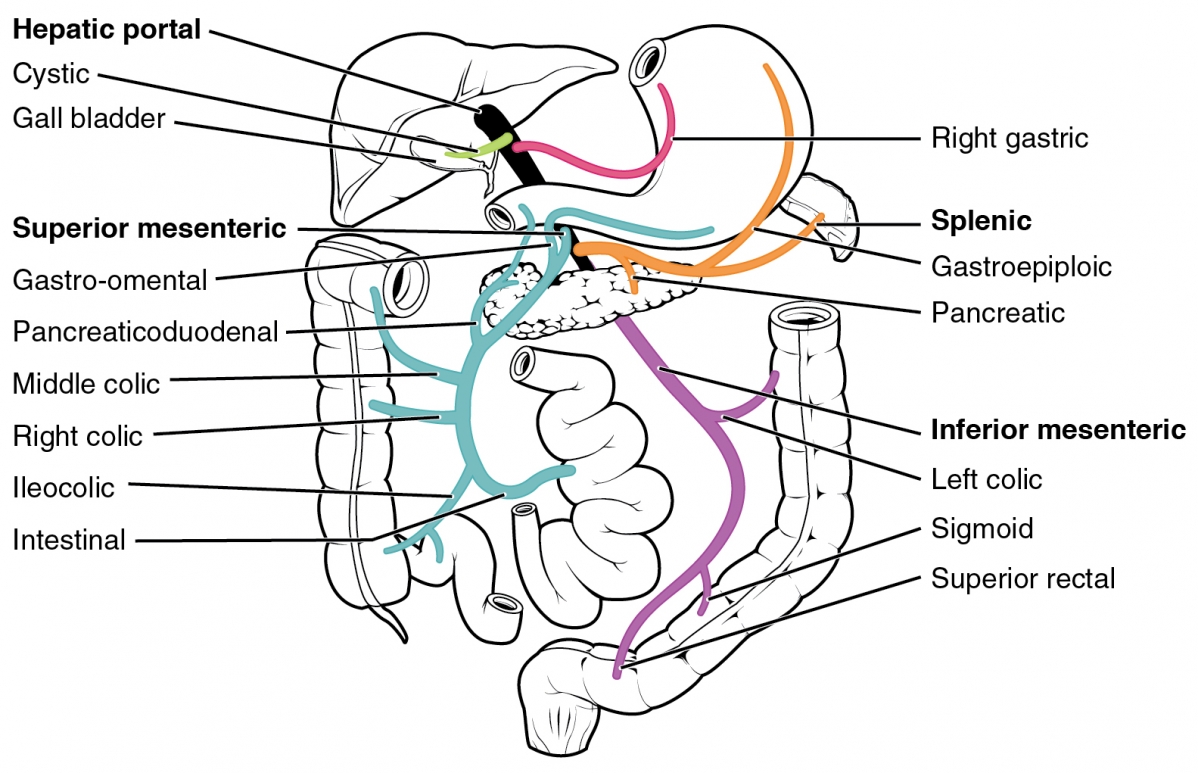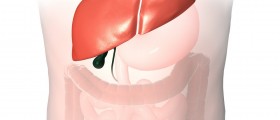This text will focus on the crucial element of the hepatic portal system and it is the vein named hepatic portal vein. We will give more information about this vein in the following text. The system comprising of veins, called the hepatic portal vein system, is the main reason why the blood goes to the liver from other different areas of the gastrointestinal tract. It has some small-sized tributaries and the hepatic portal vein, which is the most important part of this system.

This system starts from the gastrointestinal tract and the capillary located here and then goes all the way to the hepatic portal vein, where it ends. The portal vein, or the hepatic portal vein, is located in the abdominal cavity and it consists of splenic and superior veins confluence. As we have said, it is located in the abdomen, more specifically, in the right quadrant, and among adults, it is usually 3 inches long. It originates in the area of the pancreas, and it then goes to the inferior vena cava, where it divides at the portal hepatic right end in two ways. These two ways then form few small sized venous branches and portal venules, which are formed when they are ramified.
Function
The blood goes to the liver from the gastrointestinal tract due to the effect of the hepatic portal vein. Also, the hepatic portal vein gets blood from spleen, pancreas, gallbladder, large intestine and the stomach. The liver then cleans this blood, and the cleaned blood is then moved to the inferior vena cava with the help of the hepatic veins, and eventually, this blood reaches the heart. The detoxification of the blood is needed and it is done by the liver. The blood on its way receives many toxic material and nutrients, and the liver has to remove the harmful material. The main function of the hepatic portal vein is to move the blood to the liver, where it will be purified.
Hepatic Portal Vein Thrombosis
The portal vein can be blocked if the obstruction in the blood flow is present. This causes the increased pressure on portal vain and veins in the surrounding. Spleen or other organs may even be put under pressure due to this, and this can lead to many medical problems. When the blockage is present, the system will make few collaterals or veins with thin walls in order to bypass the blockage. Symptoms of this problem are hard to notice in most cases, but if chronic thrombosis is present, red blood vomiting will be experienced. This condition will also cause accumulation of fluid, which leads to coma, memory loss, and confusion. This is a problem that can be fatal, but if there is no liver failure or damage, the problem may be cured.
- medlineplus.gov/ency/article/000239.htm
- medlineplus.gov/ency/article/007210.htm
- Photo courtesy of OpenStax College by Wikimedia Commons: commons.wikimedia.org/wiki/File:2138_Hepatic_Portal_Vein_System.jpg

















Your thoughts on this
Loading...